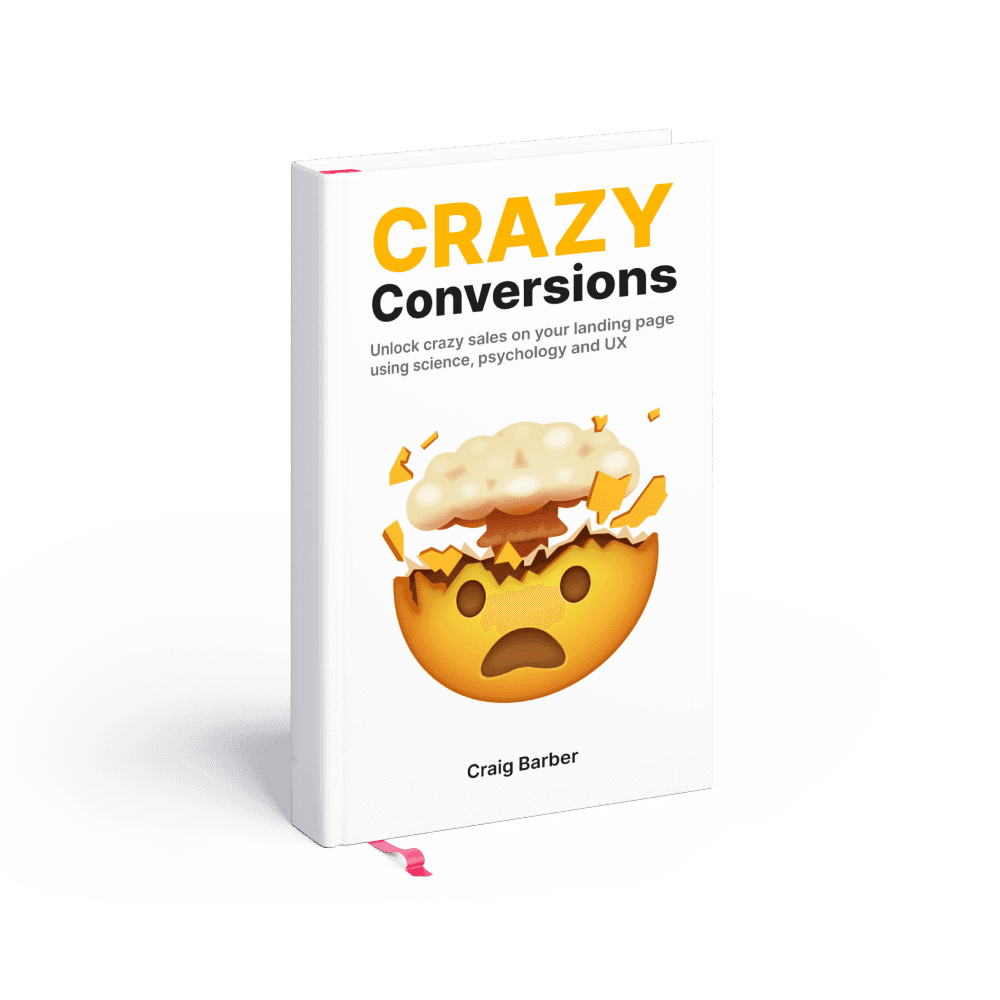Your Ultimate Guide to User Stories in UX Design
Unlock the hidden potential of User Stories and propel your UX design process to new heights
Welcome, fellow UX designers, to the world of User Stories!
In the realm of digital product design, User Stories play a vital role in creating meaningful experiences for our users.
They help us uncover their needs, align our goals, and craft exceptional user-centric solutions.
In this blog post, we'll dive into what User Stories are, why we create them, provide an example, explore the tools and methods used to create them, and answer some frequently asked questions.
So, let's get started!
What is a User Story?

A User Story is a concise, yet powerful, narrative that describes a specific user's goal, the reason behind it, and the expected outcome.
It captures the essence of a user's interaction with a product or service, enabling us to understand their motivations, needs, and pain points.
User Stories serve as a bridge between users and design teams, fostering empathy and driving user-centric decision-making.
Why do we create User Stories?

User Stories are essential in the digital product design process for several reasons.
Firstly, they keep the focus on users by shifting our perspective from features to the value they provide.
By understanding users' goals, we can prioritize and build features that truly matter.
Secondly, User Stories foster collaboration within cross-functional teams.
They enable effective communication, aligning everyone's understanding of the users' needs and ensuring a shared vision.
Lastly, User Stories act as a constant reminder of the end user, helping us avoid assumptions and biases throughout the design and development process.
3 Examples of User Stories in UX Design

As a frequent traveler, I want to be able to easily search and book flights on the travel website, so I can efficiently plan my trips and explore new destinations.
As a fitness enthusiast, I want to track my daily steps, calories burned, and workout progress on the fitness app, so I can stay motivated, achieve my fitness goals, and maintain a healthy lifestyle.
As a small business owner, I want a simple and intuitive e-commerce platform that allows me to manage my inventory, process orders, and track sales, so I can efficiently run my online store and provide a seamless shopping experience for my customers.
Typical User Story Structure:
Remember, User Stories should always follow the structure of:
"As a [user role], I want [goal] so that [reason]."
This format helps to clearly define the user's needs, intentions, and expected outcomes.
Tools and methods for creating User Stories

Persona creation
Develop user personas to understand your target audience's motivations, goals, and pain points.
Empathy mapping
Use empathy maps to gain deeper insights into users' emotions, behaviors, and experiences.
User interviews
Conduct interviews with real users to gather qualitative data and validate assumptions.
User journey mapping
Visualize the end-to-end user experience to identify pain points and opportunities for improvement.
Agile frameworks
Utilize Agile methodologies such as Scrum or Kanban to incorporate User Stories into your development process.
Collaboration tools
Leverage digital platforms like JIRA, Trello, or Miro to collaborate with team members and manage User Stories efficiently.
Frequently Asked Questions about User Stories

Can User Stories be used in non-UX design projects?
Absolutely! While User Stories are commonly used in UX design, they can be beneficial in any project where understanding user needs is crucial, such as product management or software development.
Are User Stories a replacement for traditional requirements documents?
User Stories and traditional requirements documents serve different purposes. User Stories focus on capturing user needs and goals, while requirements documents provide detailed specifications. User Stories can be a complementary tool to enhance user-centricity in requirements gathering.
How often should User Stories be updated?
User Stories should be treated as living documents, subject to continuous improvement and refinement. As you gather new insights and feedback, update and prioritize User Stories accordingly to ensure they accurately represent user needs.
Conclusion
By embracing User Stories, we empower ourselves to design with purpose and empathy.
These simple yet effective narratives allow us to prioritize features, align teams, and build exceptional user experiences.
So, let's continue weaving stories that delight and engage our users, one User Story at a time!
Happy designing!
Boost sales in 30 days or your money back
Introducing Crazy Conversions, the powerful playbook helping founders unlock sales on their landing page
Boost my sales now $29

5/5 stars on Gumroad





